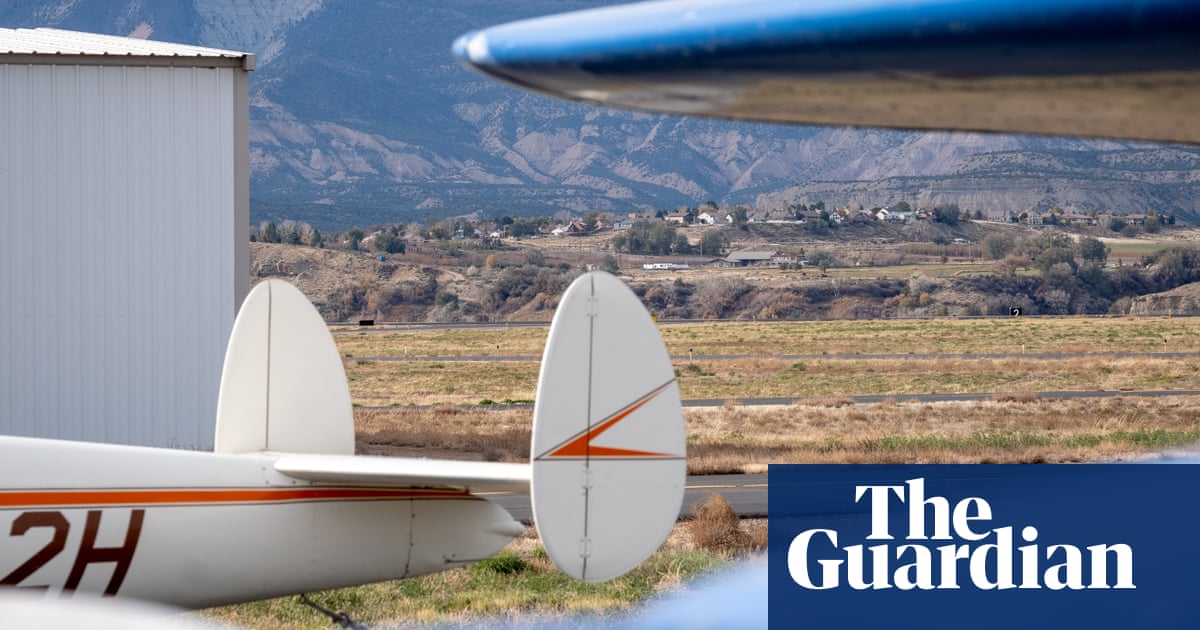
hen Ian McConachie was growing up in postwar Queensland, his aunt had macadamia nut trees in her back yard. She told him that one day the trees would be famous. More than 70 years later she has been proved right – the Australian nut is a delicacy prized in kitchens around the world.
But this week the macadamia came to the world’s attention for another reason: Macadamia integrifolia, or the Queensland nut tree, was listed as vulnerable on the IUCN red list of threatened species “on account of its population size, suspected at potentially fewer than 1,000 mature individuals”. Its endangered relative, Macadamia ternifolia, has previously been listed on the IUCN red list of threatened plants, as the four macadamia species indigenous to Australia come under significant environmental pressure.
With a history stretching back millions of years, the macadamia evolved on what is now the Australian continent, where the sub-tropical rainforest trees fed Indigenous people for millennia. Their status as an agricultural crop is relatively new, but, says McConachie, a macadamia grower for more than 40 years who is now working to conserve the nut, “macadamias are unique because they are one of very few food plants that domesticated in the last couple of thousand years.”
The nut began its journey to global popularity in the late 1800s, when a handful of seeds were sent from Australia to Hawaii. By the 1920s, the islands had a thriving macadamia industry, says McConachie. The trees that provided the seeds for the Hawaiian industry are still growing, “they’re in the wild near Gympie, near where I live”, he says. In 2019 Gympie, a small town in Queensland, was officially identified as the origin of 70% of the world’s macadamia nuts.
In the 1970s McConachie, then a young food scientist, travelled to Hawaii to learn how to grow macadamias commercially. He became part of a generation of growers that developed the macadamia into Australia’s largest native crop. According to the Australian Macadamia Society, there are upwards of 700 growers across three states producing about 50,000 tonnes a year, 70% of which is exported to more than 40 countries.
The problem for the macadamia is that while cultivated orchards may be extensive, due to widespread use of grafting they are almost genetically uniform, says Dr Catherine Nock, a geneticist at Southern Cross University specialising in macadamias.
“You can fly over the Northern Rivers of New South Wales and see millions of macadamia trees, but there will only be about 20 individuals because they are clones of each other,” she says.
Genetic diversity gives species the tools to tackle new challenges such as disease or a changing climate. The uniformity of macadamia orchards leaves cultivated trees vulnerable. In contrast, wild macadamias are very genetically diverse, so protecting wild trees is critical to the survival of the species, she says.
Over the past 200 years these trees have been anything but protected, says Denise Bond, executive officer at the Macadamia Conservation Trust. The rainforests they live in are “exactly the places that humans like to live [and as a result] 80% of macadamia habitat has been cleared in Queensland – and in New South Wales they have cleared around 98%”.
Many of the surviving wild macadamias cling on in fragmented patches of rainforest or grow in people’s yards and paddocks. Fragmentation has made the forest dwellers vulnerable to weeds and fire, while isolated trees are at risk of being cut down during development or having their roots trampled by cattle. The trust is working with the Australian government to implement a recovery plan for the nut.
The presence of macadamia orchards poses a threat to the genetic diversity of the wild population, says Nock, because the pollen from the cultivated clones is carried by bees to fertilise nearby wild trees. Young trees are being found in the wild with orchard genetics. “You’ve got a case where you have four fathers and maybe 100 mothers,” says Nock. Over generations this could dramatically reduce the genetic diversity of the wild population.
The push for conservation of the macadamia nut has come from the industry, according to Bond. “This is quite unusual; usually it’s a group of botanists or conservationists who are concerned about a species,” she says.
Many of the wild ancestors of crops we eat today are now extinct, or have been domesticated for so many thousands of years that their origins are uncertain. “People are desperately scrabbling to find these crops’ wild relatives … whereas in Australia, we’ve got this amazing potential that we’re only a couple of generations from the wild species,” says Bond. “The wild species are like a gene bank of diversity for future resilience against climate change and any disease or pest outbreaks.”
The short-term goal for Bond is to save the remnant rainforest pockets where macadamia live. These forests are of immense value, she says, not just for the macadamia but for their biodiversity overall.
To ensure the long-term survival of macadamia diversity, Nock spends a lot of time in the forest, taking leaf samples for DNA testing. “It’s almost impossible to find a macadamia tree in the wild unless you know where one has been recorded before,” says Nock. But, after years of working in these lush forests, Nock has developed a nose for them. “I can often pick them up by the scent of their flowers in spring,” she says.
Cuttings from wild trees and specimens growing on people’s properties are collected and saved. These often find homes in botanic gardens and arboretums where they and their genetic heritage are protected.
McConachie is now 84 and still active on the macadamia scene. By turns he calls himself “the industry dinosaur” and “a pioneer”. He recalls fondly a childhood savouring the nuts at Sunday roasts with his aunt, who he credits as his “first mentor”. Together they would crack nuts in a vice and serve them with butter and salt.
He is hopeful that all the conservation work being done by himself, Nock, Bond and their colleagues will conserve wild macadamias into the future.
“It’s terribly important to understand the diversity of wild macadamias to ensure we’ve conserved for all time the genetics that are going to be of value in the future. Not just commercial value, but as part of Australia’s heritage,” he says.
“In 100 years’ time, we’ll be getting the benefits of what we’re doing with conservation now.”












